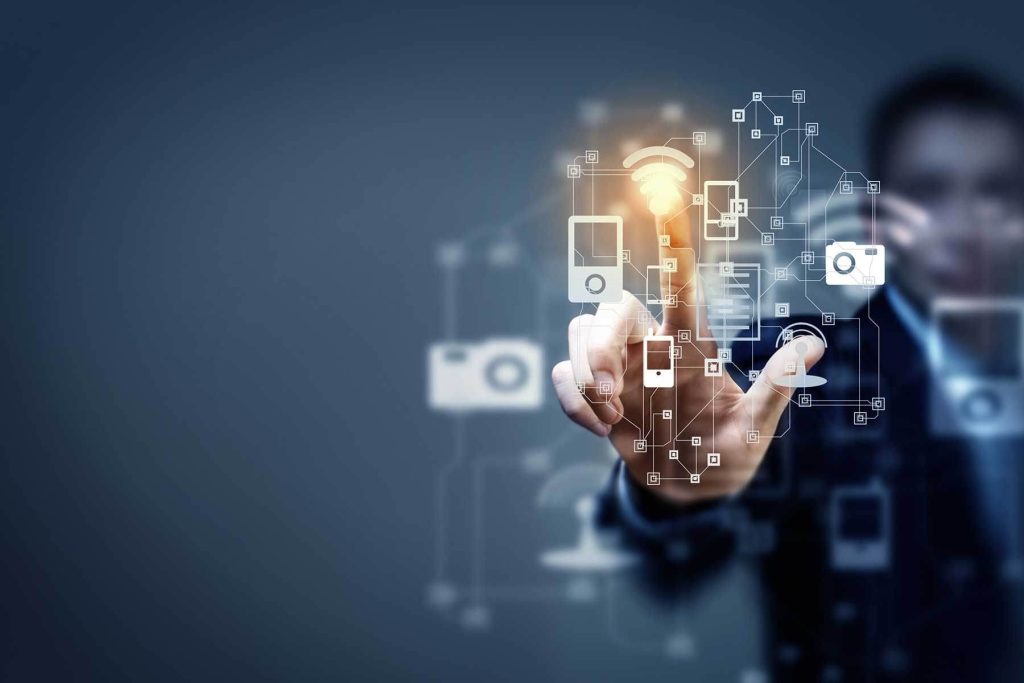Evaluating a computer’s performance can also help users improve their usage, qualify them to run applications and program faster and more expertly. Moreover, evaluating of computers energy efficiency and environmental impact can help users make sustainable choices,decrease their carbon footprint and energy costs.
The Evaluating of Computers to their present state when split into five generations of computers; based on the computer features, it will be manually operating as a calculating device invented by john Napier and Charles Babeg (1550-1617)of Merchiston. In this calculating system. Let’s know the computer generations and the characteristics of computers.
The Importance of Evaluating Computers
Evaluating of Computers Computers have become a ubiquitous part of modern life, and it is important to understand their pros and cons. On the one hand, computers offer a great deal of convenience, speed, and accuracy when completing tasks. They can also increase efficiency and productivity, allowing users to do more in less time. On the other hand, computers can be expensive, require frequent upgrades and maintenance, and are vulnerable to viruses and other security threats.

Additionally, computers can lead to increased stress and anxiety as we depend more on them for our day-to-day tasks. In conclusion, computers can be beneficial and detrimental depending on their use. It is important for users to understand the advantages and disadvantages of using computers and to take measures to ensure their security and productivity.
Computers are an important tool in today’s society. Various purposes such as work, school, and entertainment use computers. People also use computers for research and development.
Benchmarking: The Standard for Computer Performance
Benchmarking is a process used to measure and evaluate the performance of a computer system. It involves running a set of standardized tests and applications on a computer to determine its speed, power, and overall performance compared to other computers or industry standards. The results of these tests are often reported in terms of numerical scores, which can be used to compare different computers or components.
CPU Performance: Measuring Processing Power
CPU (Central Processing Unit) performance is a critical aspect of computer performance and is a key factor in determining how fast a computer can run applications and software.
Measuring CPU performance involves a variety of benchmarks and tests that evaluate different aspects of a CPU’s performance, including clock speed, core count, cache size, and instruction sets.
Real-World Testing: Evaluating User Experience
Real-world testing is a method of evaluating of computer performance that involves using the computer in typical usage scenarios to assess its overall user experience. This type of testing differs from synthetic benchmarks and tests that simulate specific tasks, as it takes into account the complexity and variability of real-world usage.

Future Outlook: The Role of Evaluation in Computer Development
The future outlook of computer development will continue to rely heavily on evaluation and testing. Evaluating computer performance, features, and capabilities is critical for meeting user needs and staying competitive in the market as technology advances.
Generations of computers:
The first generation of computers
The second generation of computers
The third generation of computers
The fourth generation of computers
The fifth generation of computers
The first generation of computers:
The first generation of computers is vast. Computers are highly accurate and reliable, and they utilize high-level programming languages for storage, control, and calculation purposes, making programming a potentially tedious task. The computers used some components.
ENIAC-electronic numerical integrator and computer
EDVAC-electronic discrete variable automatic computers
UNIVAC-universal automatic computer.
In this generation (1940-1956), we used the electric component named a vacuum tube. The input/output devices are paper tape and punched cards that are very low and large. It occupies an entire room.
The second generation of computers:
In this generation, computer users use transistors. The input/output devices are magnetic tape and punched cards.
It’s smaller in size, low power consumption. From 1956 to 1963, computer developers created several machines, such as the IBM 1920, IBM 7094, CDC 1604, CDC 3600, and IBM 1401.
The third generation of computers:
In this generation, computers used massive transistors to integrate circuits. Here a placed particular type of transistor is on silicon chips. During the period of 1964-1971, the semiconductor generation integrated electronic components into circuits known as integrated circuits (ICs). They also developed a high-level language during this time. Input/output devices such as magnetic tapes, monitors, keyboards, printers, and others were used.
The fourth generation of computers:
In this generation, users can use microprocessors. Some are built-in integrated circuits in a single silicon chip.
The technology from the first generation of computers, once room-sized, can now fit in the palm of your hand. This generation saw the development of GUIs, the mouse, and handheld technology like laptops from 1971 to the present.
The fifth generation of computers:
The fifth generation of computer technology is based on artificial intelligence and is still in expansion, though there are some application.
Such as voice identification that can use today. Quantum computation and molecular and applied science will completely change the face of computers in years to come. Developed this generation, we use this feature with high-speed supercomputers, which have many costs and very advanced technology. Now we have to use artificial intelligence.
Characteristics of a computer

Speed: Computers can process large amounts of data quickly and efficiently.
Accuracy: Computers are able to perform complex calculations and operations with a high degree of accuracy.
Storage: Computers can store vast amounts of data and information in various forms, including text, images, and videos.
Automation: Computers can be programmed to perform repetitive tasks automatically, which can save time and increase efficiency.
Versatility: Computers can be used for a wide variety of tasks, from simple calculations to complex im and data analysis.
Connectivity: Computers can connect to other computers and devices through networks, allowing for communication and data sharing.
Reliability: Computers are designed to be reliable and durable, with built-in safeguards to prevent data loss and system crashes.
Interactivity: Computers can be designed with input/output devices such as keyboards, mice, and touchscreens, allowing users to relates with them in various ways.
Conclusion
In conclusion, ranking plays a crucial role in making informed buy decisions when it comes to buying a computer. Through standard, real-world testing, and other rating methods, users can assess a computer’s performance, quality, and power and choose the product that best meets their needs.
Moreover, as technology continues to evolve, evaluation and testing will remain critical for Insuring that new products meet the needs of users and are competitive in the market. for more Articles Visit 21 Hashtags
